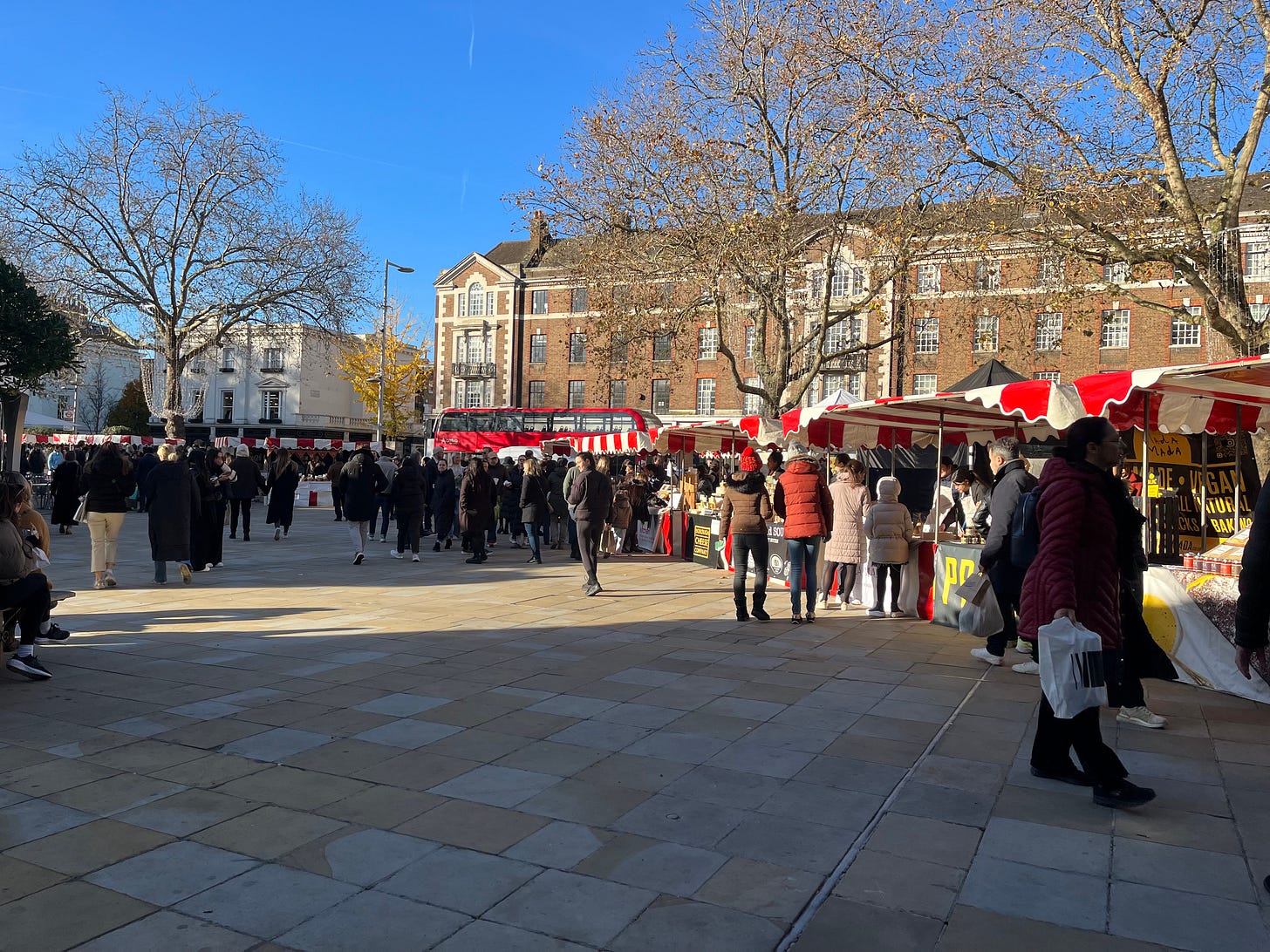Retail Lab: why stores matter more than ever
Online shopping has its draw, but in an increasingly anonymous world, stores matter more than ever. In this week’s Retail Lab, I talk about location, format, and the evolution of shopping.
First, let’s talk about online shopping
It’s quick, it’s easy and it offers instant gratification. We’ve become so used to finding what we want in stock, comparing options and one-click buying that it’s become second nature to buy before you try and send back what doesn’t work.
Other practical advantages:
price comparison is easy
online-only discount codes and websites like Quidco can save money
we can read reviews before ordering
quick delivery options add to the convenience factor
But there are practical limitations
deliveries can be slow, especially at peak shopping times
parcels can and do get delivered to the wrong address
porch piracy and stolen parcels are on the increase
product photos and descriptions can be misleading
free returns are no longer guaranteed, which makes queuing in store and paying for items we’re sure we want to keep more appealing
This is where stores come in
Far more than just a place to buy, the modern store has become a focal point of a retailer’s strategy, and it’s where real discovery happens.
AI recommendations are becoming more common and increasingly sophisticated, but there is nothing like walking in to a well-designed store and discovering products at your own pace, whether that’s on a rack, in a fitting room, on a “last chance” rail or spying it in a fellow shopper’s basket.
At its heart, shopping is a sensory experience and online just doesn’t offer the peripheral view or tactile element that in-person browsing does.
In-store inspiration also fuels creative choices, particularly in the fashion space, which can lead to unexpected purchases and crucial add-on sales.
Particularly at this time of year, we’re searching for immersion and experiences, personalised recommendations and sparks of inspiration, all of which are virtually impossible to recreate online.
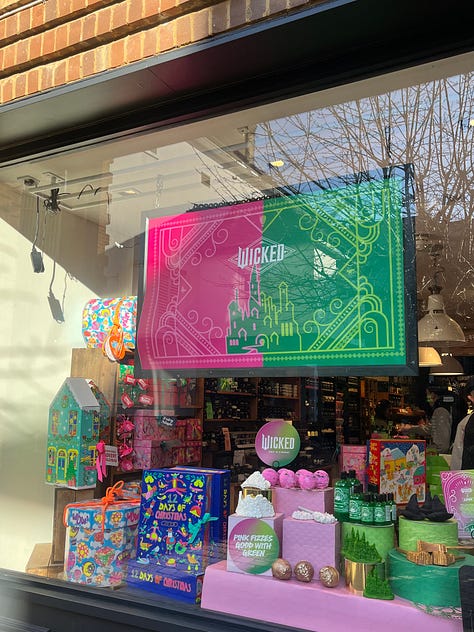
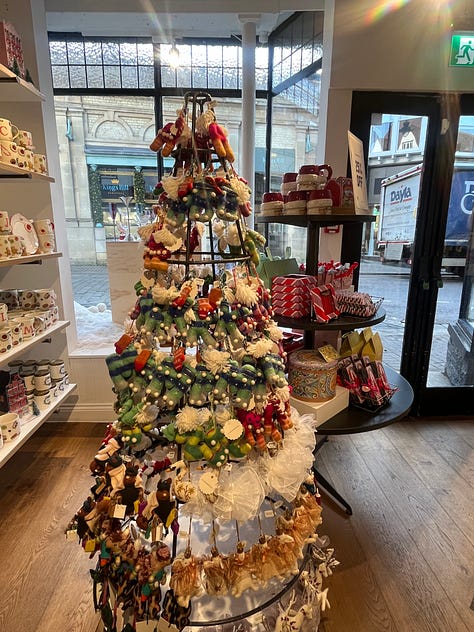
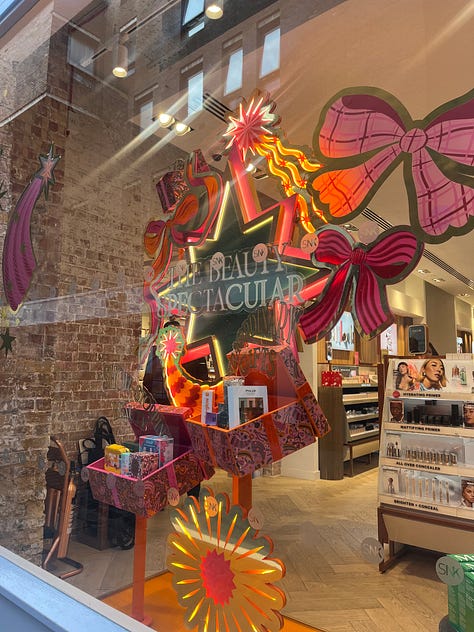

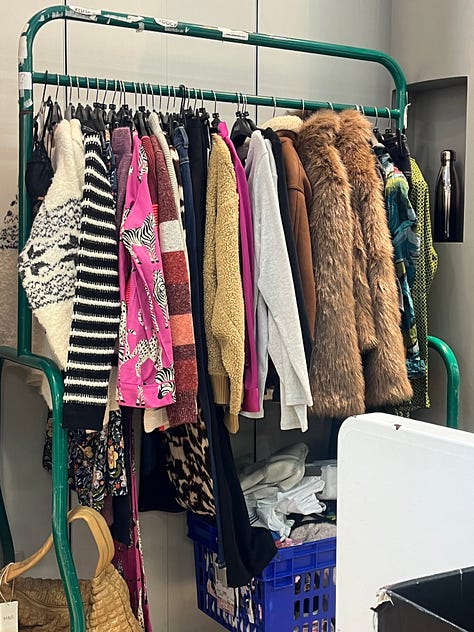

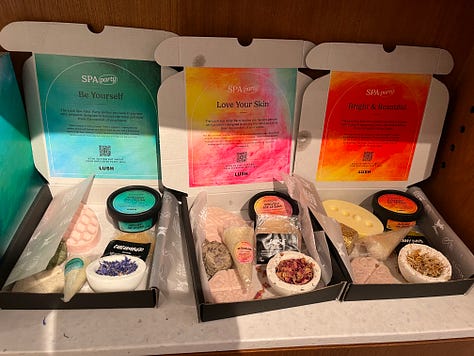
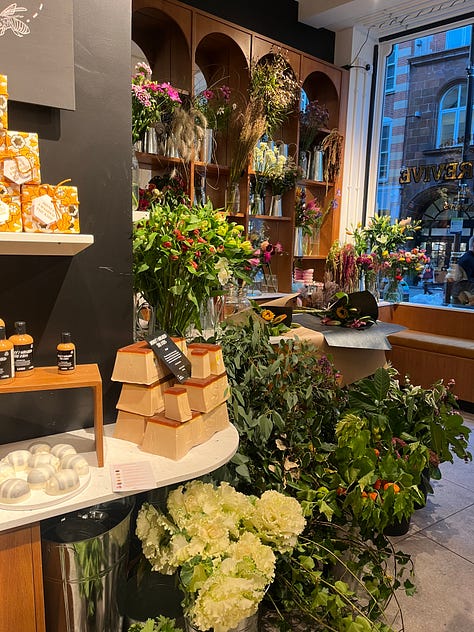

But the retail landscape is evolving and shopping is no longer a linear activity
Here are some of my observations:
Smaller formats for big box retailers are trending. IKEA, Target and Walmart are all shrinking their stores- why? Prime locations for stores are limited and that often means fitting in to a space that’s available. This fuels design creativity and means stores are fit for purpose and highly functional. The plus side for customers? It often ends up being a conveniently located and elevated shopping experience. Smaller stores attract a different customer, and often one that is higher-spending because “boutique” shops can feel more intimate and less intimidating and provide the curated product selection customers are gravitating towards
Pop up shops and experiences like branded cafés are a great way to test demand for a brand, new categories or new products. They also generate a buzz that can’t be replicated online
Most shoppers are using a blend of online and in-person to buy. Researching products online at home or while in store before buying is nothing new, but we’re now seeing customers go in to stores for events and discovery and emotionally buying in to a brand before purchasing online. This means traditional footfall metrics don’t give us all the answers
We’re losing trust in influencer recommendations and we want to see products for ourselves- this is changing shopping habits.
The final word
The cost of attracting new customers online is skyrocketing.
On the flip side, stores can act as a marketing vehicle with customers later purchasing online, which makes them extremely valuable. Their role is changing as brands and retailers use them as event spaces and destinations designed for immersion and interaction.
The future of shopping will be a careful blend of online and stores, and retailers will have to meet higher and higher customer expectations to win spend in a competitive landscape.
How can they do this?
By making sure they have the right strategy in place across their business because how you sell matters just as much as what you sell.




